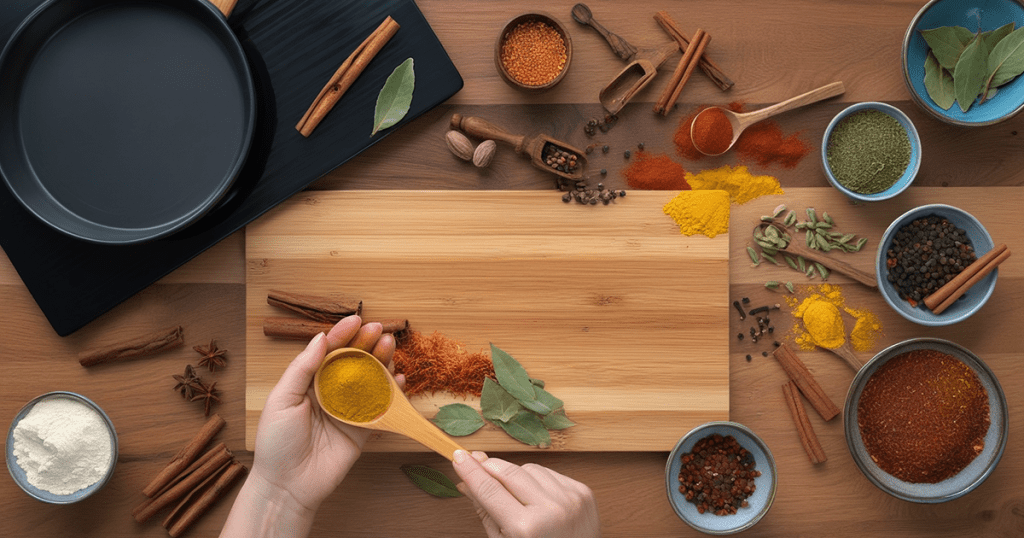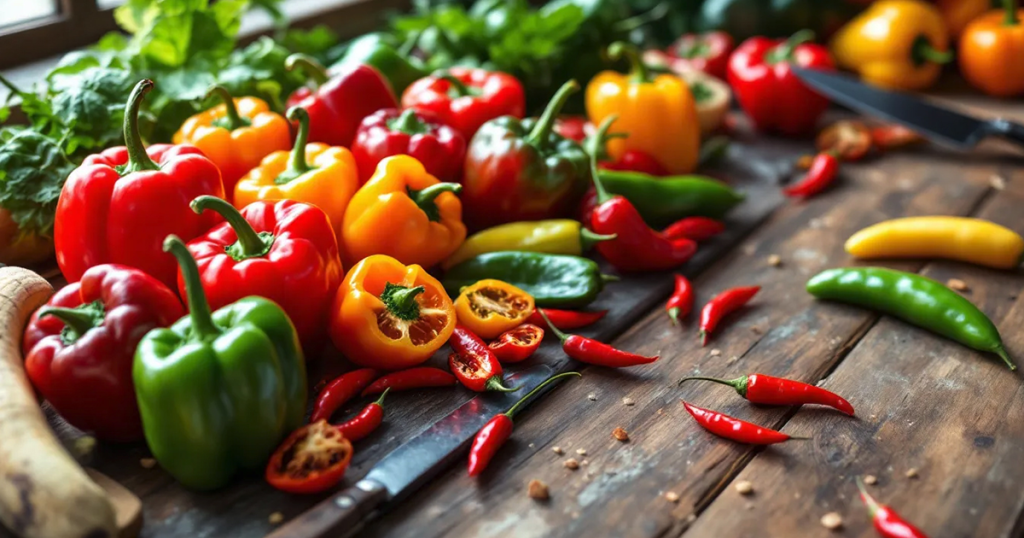Introduction to Spices
Spices have been an essential part of global cuisine for centuries. They not only add flavor but also offer numerous health benefits. Cooking with spices, this guide will help beginners understand how to cook with spices, covering selection, storage, and usage. From aromatic herbs to bold spices, mastering their use elevates any dish. Let’s explore the world of spices together.
Understanding Different Types of Spices
Spices are broadly categorized into whole and ground varieties. Whole spices, such as cloves and peppercorns, retain their potency longer. Ground spices, like turmeric and cinnamon, offer convenience but lose flavor faster. Common categories include warming spices (e.g., nutmeg, cinnamon), pungent spices (e.g., mustard, garlic), and aromatic spices (e.g., cardamom, coriander). Each type enhances dishes in unique ways.

How to Store Spices for Maximum Freshness
Proper spice storage ensures spices retain their flavor and potency. Store them in airtight containers away from heat, light, and moisture. Whole spices can last up to four years, while ground spices typically stay fresh for up to two years. Labeling jars with purchase dates helps track freshness. Avoid storing spices near the stove, as heat accelerates deterioration. Consider buying in small quantities to ensure peak flavor.
Pairing Spices with Foods
Understanding spice pairings can transform dishes. For instance, cumin and coriander enhance Middle Eastern cuisine, while paprika and oregano work well in Mediterranean dishes. Cinnamon complements both sweet and savory dishes, whereas turmeric adds depth to curries. Experimenting with spice blends, such as garam masala or Cajun seasoning, can elevate meals. Balancing spices ensures harmonious flavors.

Spices in Different Cuisines
Spices define global cuisines. Indian cuisine relies on bold spices like cardamom and fenugreek, while Thai dishes feature lemongrass and galangal. Mexican cuisine often incorporates chili peppers and cumin. Each region has signature spice blends that create distinct flavors. Exploring these combinations broadens culinary skills. Using authentic spices enhances traditional recipes.
Health Benefits of Cooking with Spices
Spices not only enhance flavor but also offer health benefits. Turmeric contains curcumin, known for its anti-inflammatory properties. Ginger aids digestion, while cinnamon helps regulate blood sugar. Garlic has antimicrobial benefits, and black pepper enhances nutrient absorption. Incorporating a variety of spices supports overall wellness. Choosing fresh, high-quality spices maximizes their health advantages.
Beginner-Friendly Spice Blends to Try
Creating spice blends at home allows customization. Try a simple taco seasoning with cumin, chili powder, and garlic powder. For an all-purpose blend, mix paprika, garlic powder, onion powder, and black pepper. Curry powder combines turmeric, coriander, and cumin for warmth. Experimenting with blends develops confidence in seasoning. Starting with small batches prevents waste and refines flavor preferences.
What’s your favorite spice to cook with and why?




Facebook Comments